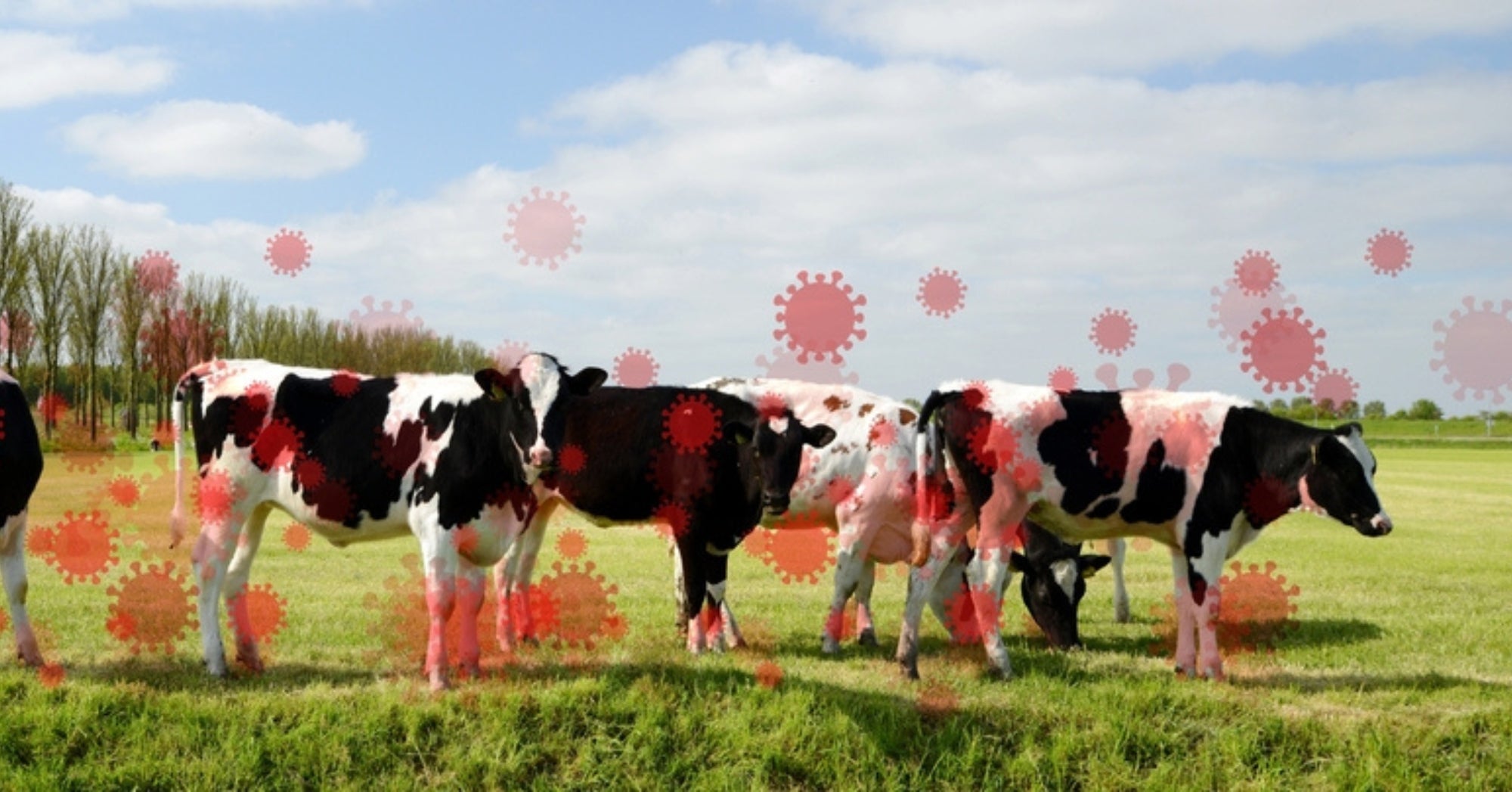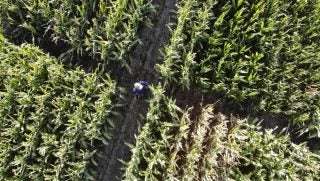Officials with the Utah Department of Agriculture and Food confirmed highly pathogenic avian influenza in eight commercial dairy facilities in Cache County earlier this week.
Mandatory surveillance of HPAI was put into effect for all dairies in Cache County on October 23, 2024. Initial samples from all Cache County dairies were sent to the Utah Veterinary Diagnostic Laboratory in Logan and were confirmed by the U.S. Department of Agriculture’s National Veterinary Services Laboratories.
According to UDAF, positive dairies have been placed under quarantine; no movement of lactating cattle is permitted on or off affected facilities except for cattle going directly to slaughter. Positive dairies have also been asked to implement biosecurity measures to prevent the spread of the virus from dairy products.
State veterinarian Dr. Daniel Christensen said mandatory surveillance and animal movement restrictions are key steps to prevent further spread of the virus.
“At this time we don’t anticipate any major impacts on the food supply and the overall impacts to individual dairies are relatively minimal. This disease is not as harmful to dairy cattle as it is to poultry,” he said.
UDAF reports that it is actively collaborating with dairy producers, as well as federal, state, and local partners, to implement response plans, surveillance, and testing measures to protect against HPAI spread. The department also emphasized the importance of dairy and poultry producers vigilantly monitoring their herds and flocks for HPAI signs while maintaining rigorous biosecurity practices. Funding is available to help cover costs associated with bolstering these biosecurity measures.
“Dairy producers should watch for symptoms in cattle, which may include reduced milk production, thicker, colostrum-like milk, decreased feed intake, dehydration, and fever. Fortunately, most affected dairy cattle recover within a few weeks,” UDAF wrote.
Livestock owners and veterinarians are urged to report any signs of HPAI promptly to the State Veterinarian’s Office. It’s worth noting that not all cattle will exhibit symptoms, underscoring the need for consistent biosecurity practices across all dairies.

On Thursday, the USDA Animal and Plant Health Inspection Service confirmed an additional nine H5N1 outbreaks on California dairy farms, bringing the state’s total to 202 and the national total to 404. With recent outbreaks in Utah soon to be added, the national count will rise to 412.
California and Colorado, among the most affected states, have mandated bulk milk tank testing to better monitor H5N1 spread in dairy herds. APHIS has now introduced a tiered approach to milk sampling, aimed at identifying H5N1 presence more effectively and supporting strong biosecurity efforts to minimize risks to farm workers. The agency noted that bulk milk testing was instrumental in eliminating brucellosis from U.S. dairy herds and has already helped Colorado manage its summer H5N1 surge.
In the coming weeks, APHIS will collaborate with regions and states ready to implement or expand bulk milk testing. Testing will start regionally, with further farm-level sampling as needed until all herds are confirmed virus-free. The USDA is also finalizing implementation details in consultation with state and private veterinarians and will release guidance documents soon.
The U.S. Centers for Disease Control and Prevention has stated that the recent HPAI cases do not pose an immediate public health threat. However, those who have prolonged exposure to dairy cattle and experience symptoms like fever, cough, sore throat, breathing difficulties, or gastrointestinal issues should contact their local health department.
»Related: First U.S. case of H5N1 bird flu pig raises virus spread concerns


